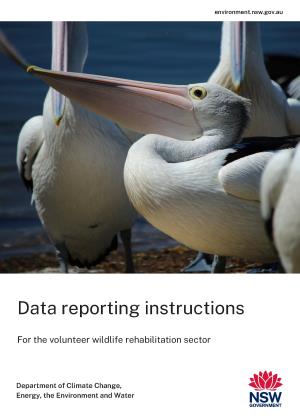All wildlife rehabilitation providers must maintain records of the animals they rescue and submit them to the National Parks and Wildlife Service annually. Each year these records are prepared for upload to BioNet and SEED, where they can be used to inform future research, planning assessments and conservation management programs such as Saving our Species and the NSW Koala Strategy.
Reporting requirements
Each year, wildlife rehabilitation organisations must submit 2 separate reports.
Download detailed report 2024–25 (XLS 1.7MB)
The key data fields identify the species, date of rescue, where the animal was found, the likely reason for rescue, and its fate.
Download combined report 2024–25 (XLS 610KB)
The combined report captures data on the group's membership, animals in permanent care, preserved specimens and animals transferred to other licensed organisations.
Volunteers must submit this data to the wildlife rehabilitation mailbox (wildlife.rehabilitation@environment.nsw.gov.au) by 30 September each year.
Reporting instructions
Watch these 3 short videos for instructions on collecting and reporting wildlife rehabilitation data.
For further information, wildlife rehabilitators should also read:


